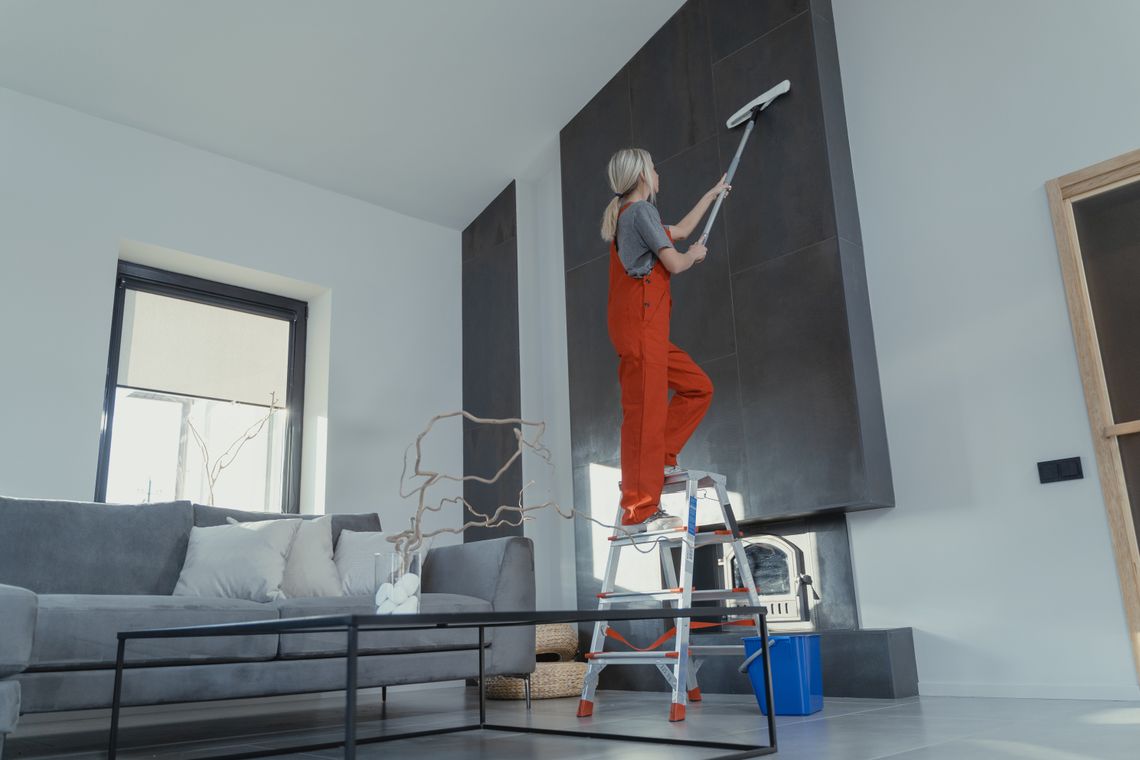By Doug Carter, Rankin County Extension Agent
I’ve used ladders all my life, working around the house, around the farm, and putting up and building tree stands. A ladder seems easy enough for just about anyone to use. The fact is that there are still over 160,000 people a year injured from falling off ladders.
First, choose the right type of ladder. Ladders are available in wood, fiberglass or aluminum material. While aluminum is the lightest, it should never be used near sources of electricity.
Ladder sizes relate to length. Choose a ladder that will reach the height needed. A ladder too long or too short can be dangerous. Remember to add 3 feet if going on a roof, and you should never stand on the top rungs or steps.
Ensure the duty rating (weight the ladder can hold) is sufficient. Consider the weight of tools and items being carried, in addition to the weight of the person on the ladder.
Always inspect the ladder, check the feet, siderails, rungs/steps, rivets, joints bolts, rung locks (on the extension ladder), and spreader (on stepladder) to ensure nothing is missing, cracked, or bent. Never use a damaged ladder.
Clean the ladder, especially the rungs/steps of oil, grease, mud, or anything that could cause a slip, and always take time to properly set-up the ladder. Safe placement and stability are the key factors in proper setup.
Always:
1. Inspect the area for overhead electrical hazards or other obstructions.
2. Ensure a firm level ground support to place the feet. Keep both siderails equally supported on extension ladders and all four legs equally supported on stepladders.
3. Always lock spreaders of a stepladder in the open position.
4. Extend ladders three feet above the roof lines, and step off the side of a ladder, not over the top, when getting onto a roof.
5. Clean and dry off the bottom of your shoes to avoid slipping. Do not wear flip flops or Crocs while climbing a ladder.
6. Do not overreach. Keep your mid-body between the rails.
7. Do not sit on or straddle the top cap of a stepladder.
8. Always descend a ladder before relocating it. Never hop it over or move it while you are on it.
Do not:
1. Place ladders in front of doors unless they are blocked or guarded.
2. Never place ladders on top of other objects (boxes, pallets, scaffolds) to gain additional height.
Source: Mississippi State University, Safety Newsletter, May 2022, Ladder Safety.


Comment
Comments